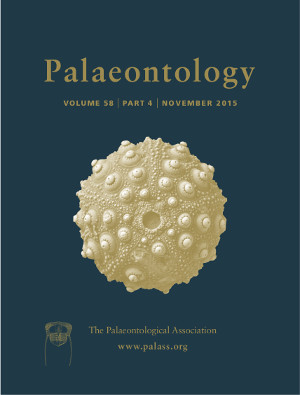Reg. Charity No. 1168330

Even after 200 years of study, some details of the cranial anatomy of ichthyosaurs, one of the most successful groups of marine vertebrates in the Mesozoic, are still unclear. New information on the braincase, palate and occiput are provided from three‐dimensional scans of an exceptionally preserved ichthyosaur (‘Hauffiopteryx’ typicus) skull from the Toarcian (183–174 Ma, Lower Jurassic) of Strawberry Bank, England. This ichthyosaur has unusual, hollow, tubular hyoid bars. The occipital and braincase region is fully reconstructed, creating the first digital cranial endocast of an ichthyosaur. Enlarged optic lobes and an enlarged cerebellum suggest neuroanatomical adaptations that allowed it to be a highly mobile, visual predator. The olfactory region also appears to be enlarged, suggesting that olfaction was more important for ichthyosaurs than has been assumed. Phylogenetic analysis suggests this ichthyosaur is closely related to, but distinct from, Hauffiopteryx, and positioned within Thunnosauria, a more derived position than previously recovered. These results further our knowledge of ichthyosaur cranial anatomy in three dimensions and provide a platform in which to study the anatomical adaptations that allowed ichthyosaurs to dominate the marine realm during the Mesozoic.